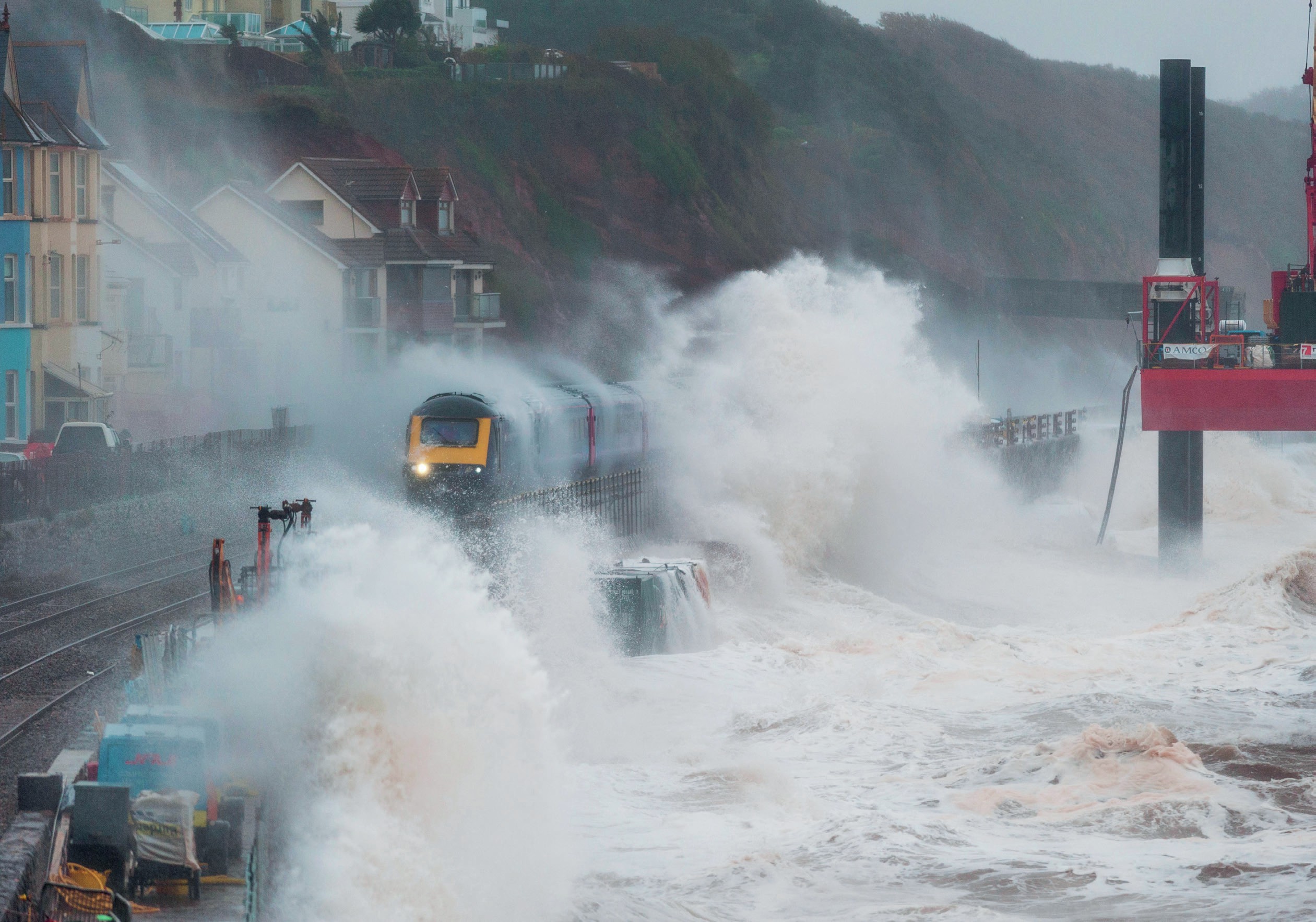
The railway line at Dawlish runs along the top of a sea wall and is often battered by wind and waves during stormy weather. The location of Dawlish means the town is exposed to storms, particularly in winter, and in February 2014 parts of the railway line were washed away, and scientists expect that climate change will lead to more frequent storms and extreme weather, so it was important to repair and strengthen the sea wall at Dawlish.
Dawlish is a traditional seaside town in south Devon, located on a stretch of coastline known as the Jurassic Coast. To the north the coastline is backed by red sandstone cliffs, and to the east there is a sandy beach.
Your organisation does not have access to this article.
Sign up today to give your students the edge they need to achieve their best grades with subject expertise
Subscribe




